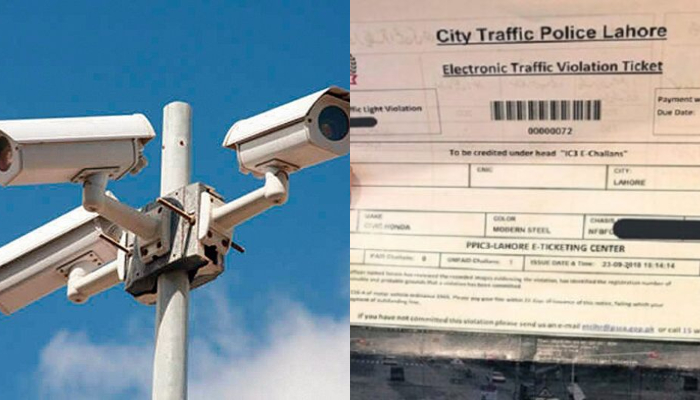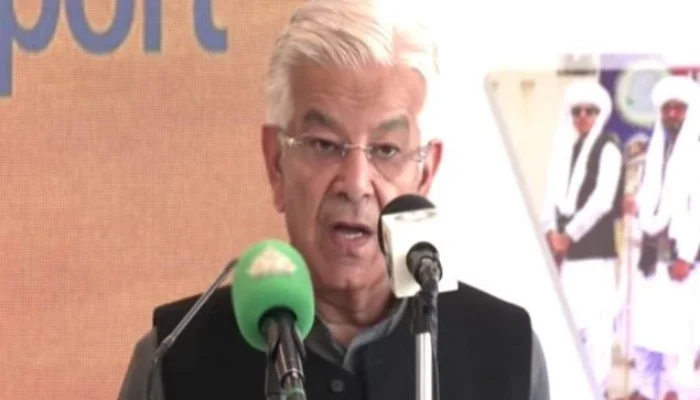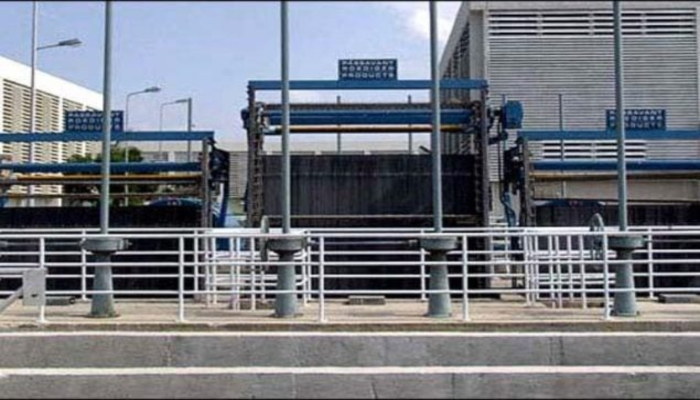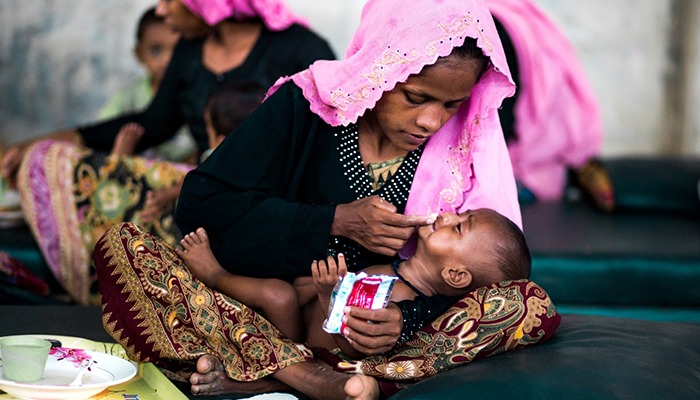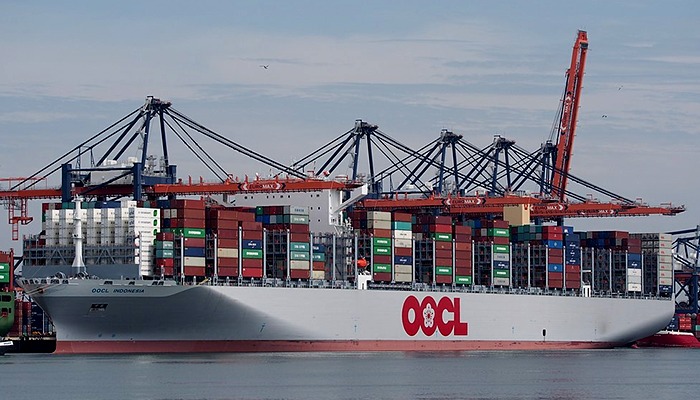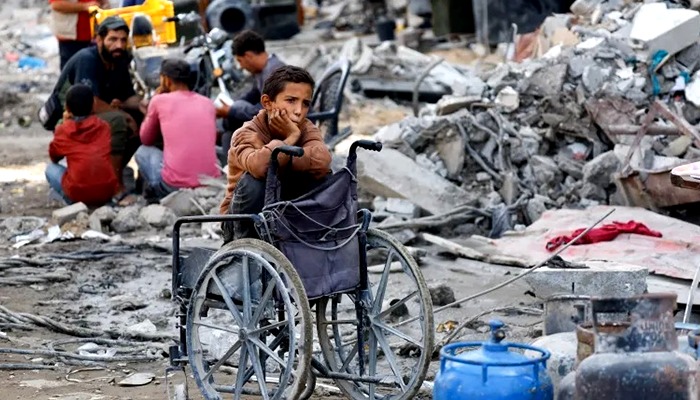In rural areas of Zambia, girls and women have for a long time had to walk long distances just to get water for domestic use.
This has led to a significant number of girls losing out on school hours and performing poorly in their academic work as a result of spending a lot of time collecting water.
However, more and more rural areas of the country are having improved access to water because of increased water supply systems facilitated by stakeholders that include government and non-profit organisations working in the area of water and sanitation.
Visits to several rural places located in different parts of Zambia revealed that a number of villages now have in place boreholes that provide cleaner and safer water.
This means that for girls and women in these places, challenges associated with collecting water have been eased, as they are able to access the commodity from points near their homesteads.
“I no longer fall asleep in class because of being tired after walking long distances to fetch water,” said 15-year-old Maureen Tembo, a resident of Rufunsa, district of Zambia.
An enthusiastic Tembo went on to recount how on a number of occasions she was forced to miss school particularly during the dry season as wells in her village dried up.
“We had to go and fetch water from the river whenever most wells in the village ran out of water. That meant covering twice the
distance. I used to get so tired that I would even miss school,” she lamented.
And 17-year-old Josephine Chanda, a resident of Chibombo district, in central Zambia, said having a water point situated near her homestead is enabling her to perform better in her schoolwork.
“My grades have improved significantly since I started spending less time collecting water. I now have more time to study,” Chanda said.
Both Tembo and Chanda’s were echoed by Catherine Soko, aged 17, of Kabeleka Village located southeast of Lusaka, the capital of Zambia, who added that increased access to water is helping to improve rural girls’ hygiene as well as enhance their confidence levels.
“Like many girls in my village, I use re-usable hand-made sanitary pads that need to be washed. Increased access to water has enabled me to maintain good menstrual hygiene. I am able to be in class every school day,” Soko said. Over half of the girls in sub-Saharan Africa who drop out of primary school do so because of poor water and sanitation facilities and when it comes to education, there is a direct link between access to clean water and attendance rates.
Girls’ enrollment rates increase by 15 per cent when they are provided with access to clean water, according to a report by the United Nations agency for children, UNICEF.
[embedpost slug = “/pakistani-media-and-its-racial-biases/”]




